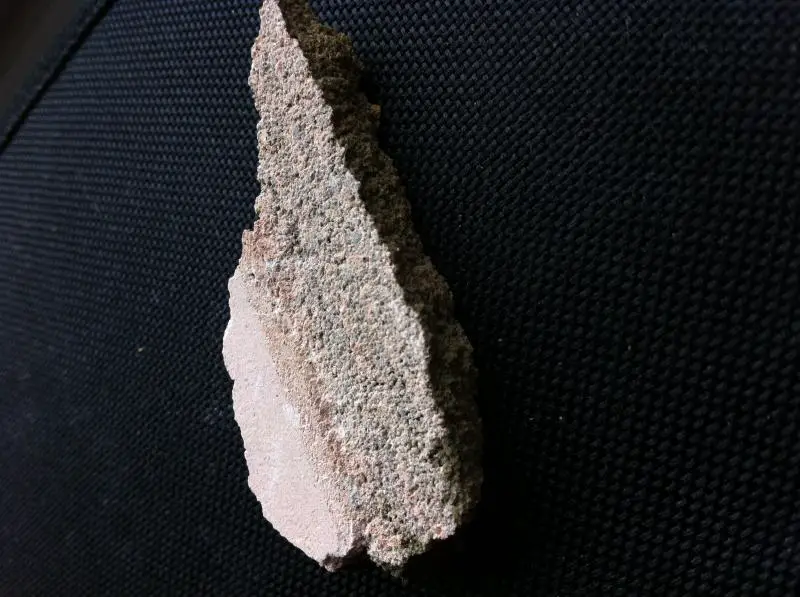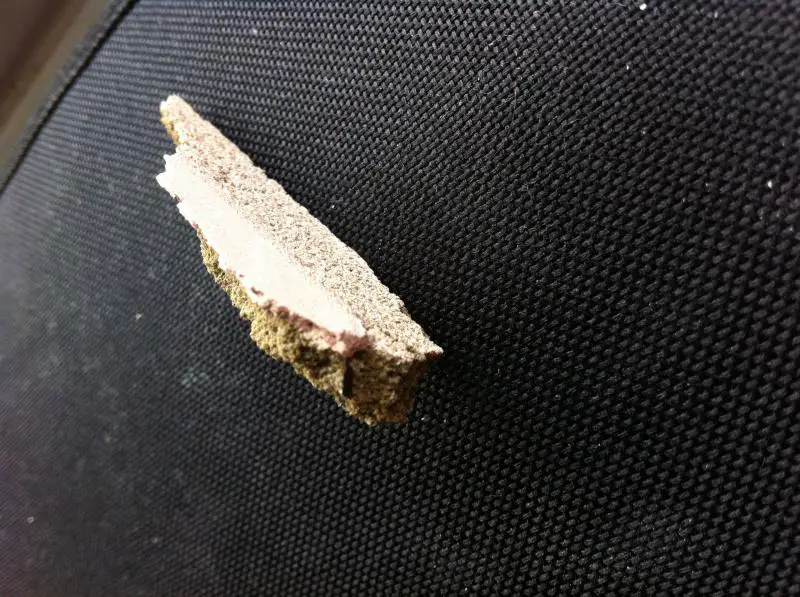I work in an asbestos analysis lab.
The reason that companies put that 'may contain asbestos' prviso on their reports is that in the case of artex coating there may be the following scenarios;
1) It is full of the stuff, clumpy fibrous white bundles of chrysotile (white asbestos)
2) There really isn't much in it, tiny strands mixed in to the powder, very, very hard to see, maybe very patchily mixed in.
3) An original coating had it but was removed and has left a little bit behind so it is pot luck if you even find it
4) there isn't any asbestos there.
The thing is, as the asbestos is usually unevenly mixed you could easily get a section which doesn't have much in at all, so companies have to cover their backs with the proviso. Chrysotile in decorative finishes (wall and ceiling coatings) is very low down on the risk scale, partly as it is so bound into the material that it is unlikely to come out, partly because it is the least harmful of the types of asbestos (don't go crazy though). Ceilings are more likely to have it than walls but that doesn't mean walls can't contain it.
Looking at your photo I can rule out scenario 1 but you'd need a much bigger photo/magnification to see the smaller fibres (x20 / x40) and really to confirm you'd need a couple more tests on top.
Chrysotile was pretty much banned in 1999 and as you have it in your ceiling I'd view the walls with medium suspicion, at a guess I'd think you might be ok but really you can't say for certain till you look under a fancy microscope with specialised liquids to help identify by colour changes under plain polarised light.
The more pressing problem would be if you had exposed or damaged insulation boards (often brown amosite) or insulation lagging (blue crocidolite and almost anything else imaginable), that would be expensive and icky.
For practical purposes, if you want to be safe and you think it MIGHT contain it (old house, found elsewhere) then there are steps you can take. It is the dust that releases the fibres so wearing a hepa filter level mask (3m?) would be essential for the nastier stuff and damping down the surface / dust also. You cannot touch the nasty stuff yourself (Amosite, Crocidolite brown/ blue found mostly in insulation or plastic products like black toilet cisterns) but light work round wall or ceiling coverings should be relatively safe if you mask up, remove dust and seal the hole back up neatly (encapsulation we call it - bung some paint over it) . If you are doing small work it really isn't going to raise your exposure levels too much. Sanding said covering would be a big no-no!! If you can avoid creating dust and can contain any dust produced then you should be safe. Hand tools are usually safer if practical. Clear the area, plastic sheeting down to cover fabrics like carpets, spray bottle to damp down any dust, don't need to do anything clever with the waste really. If you aren't breathing in the dust it can't hurt you unless you go round eating the stuff. Remove your clothes and wsh them after work. For chrysotile some guides don't specify mask levels much above what you would wear for general diy use but I always like to use one with a decent seal and the best filter I can get.
We generally view these wall and ceiling finishes as relatively low-risk, they can be left on site or skimmed/painted over. As Cajar says it does look low risk to me but when I do DIY in my house I always wear a mask, spray bottle to the ready!!



